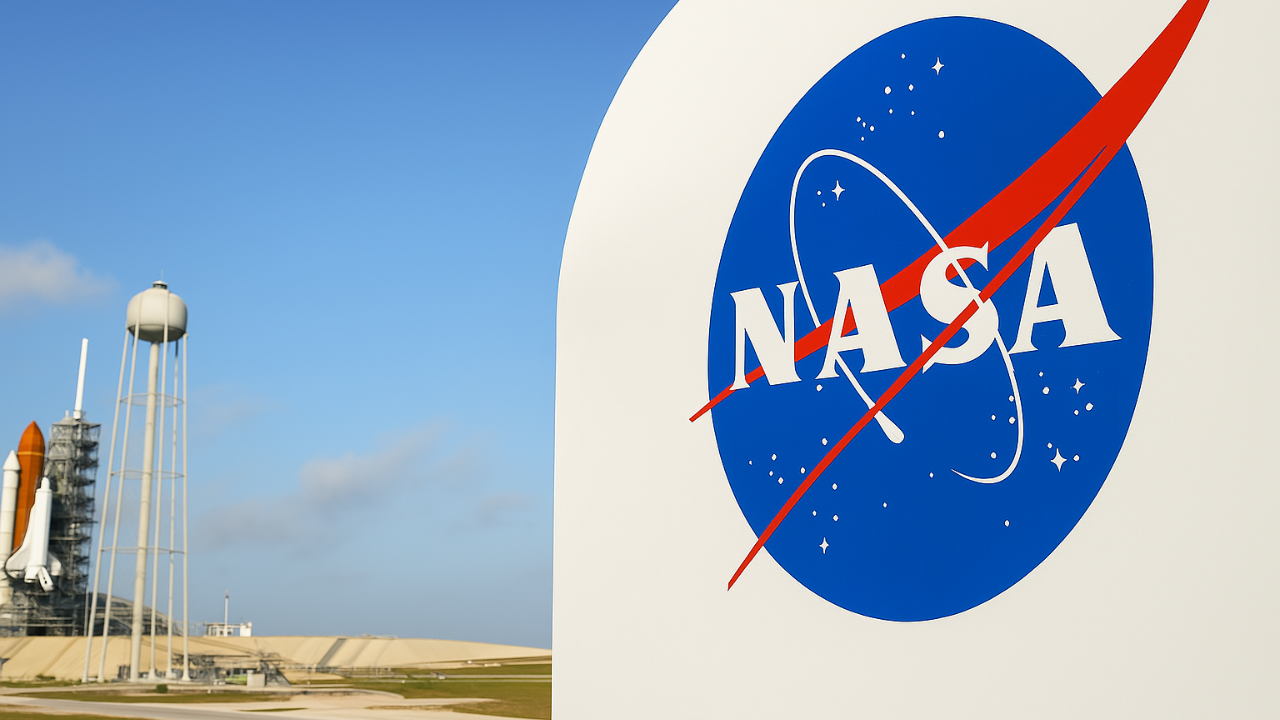In the rapidly evolving world of engineering, career paths often take unexpected yet inspiring turns. Starting with a solid foundation in mechanical design, one intern’s journey led them to pivot toward aerospace-a field fueled by a lifelong passion for flight and cutting-edge innovation. This transition demanded adaptability, a commitment to ongoing learning, and the ability to transfer existing expertise to new challenges in aircraft and spacecraft cockpit design.
At NASA, this intern made valuable contributions to cockpit systems by applying knowledge gained from the automotive sector, especially in areas like system reliability and user-centered engineering. Their experience exemplifies how diverse engineering backgrounds can bring fresh perspectives and significant value to high-tech, mission-critical environments.
NASA Internship Program 2025 Overview
The intern’s career began in the fast-paced automotive industry, where they developed foundational skills in engine mechanics, systems engineering, and precision design. This experience proved essential in disciplines that prioritize safety and reliability, making it an excellent springboard into aerospace engineering.
Transitioning to Aerospace
Driven by a fascination with space and aviation, the intern embraced a major career shift-from automotive engines to designing avionics and cockpit interfaces. With a mechanical engineering background, they dived deep into flight systems, human factors, and advanced cockpit technologies. This transition required mastering new technologies while adapting existing engineering principles to the exacting demands of aerospace safety and ergonomics.
Tackling New Challenges
Entering the aerospace field presented complex challenges. Cockpit design involves integrating multiple sophisticated systems, meeting stringent safety standards, and ensuring ergonomic functionality. Through close collaboration with experienced engineers, the intern quickly expanded their knowledge and developed expertise in this specialized domain.
Impactful Contributions at NASA
At NASA, the intern’s automotive background proved to be an asset-especially in system integration and reliability testing. Their fresh perspective helped improve cockpit technologies, demonstrating how cross-industry experience can drive innovation in space exploration.
Engineering’s Versatility
This journey highlights an important truth: engineering skills are highly transferable. Knowledge from one industry can open doors in another. NASA’s internship program fosters this versatility, encouraging young engineers to explore diverse fields, collaborate widely, and contribute to groundbreaking missions.
Why NASA Values Cross-Industry Talent
NASA thrives on diversity not only in people but also in professional backgrounds. Engineers from various industries bring unique problem-solving approaches and innovative ideas. This combination of technical expertise and fresh viewpoints keeps NASA at the forefront of aerospace advancement.
Tips for Aspiring NASA Interns
- Stay Open: Your skills may be more adaptable than you realize. Explore different areas fearlessly.
- Keep Learning: Technology evolves rapidly-never stop being curious and upskilling.
- Seek Mentors: Learn from seasoned professionals who can guide your growth.
- Follow Your Passion: Let your enthusiasm for the field steer your career path.
How to Apply for NASA Internship Program 2025
If you’re excited to kickstart your career with NASA’s Internship Program 2025, click the link below to apply:
Apply Now: [Click Here]




